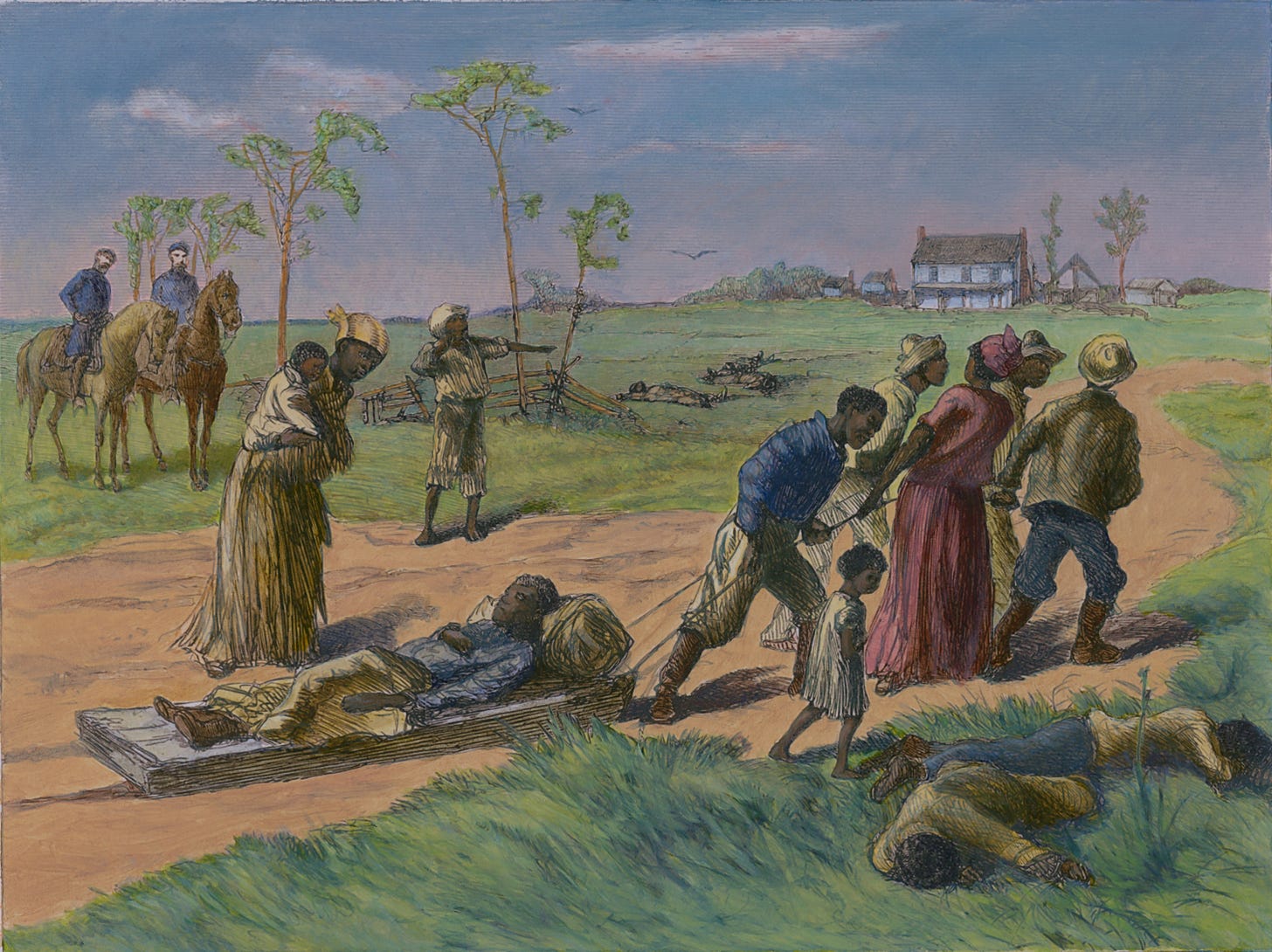The Fix: Same As It Always Was
In attacking civil rights and enabling authoritarianism, today's Supreme Court is a carbon copy of its nineteenth-century predecessor.

Last week, we looked at the Supreme Court under Chief Justice John Roberts and, in particular, its relentless assault on prevailing Constitutional law. At nearly every turn, he and his fellow rightwing jurists have sought to beat back the cause of equality and fairness—original intent, past precedent, and statutory text be damned.
And that was before the start of Donald Trump’s second term. In the months since, the Court has enthusiastically enabled his authoritarian project.
However flagrant the egregious distortions and motivated reasoning behind the Court’s illiberal turn, one would be mistaken to see it as an anomaly. Except for a brief period in the mid-20th century, the Supreme Court has always been reactionary, attacking America’s vulnerable and debasing the ideals of its founding documents.
Even when more expansive interpretations were available, the Court has time and again adopted a maximally restrictive view of the Constitution, one which benefits the rich, the white, and the powerful at the expense of everyone else.
Nowhere was this more evident than in the post-Civil War era. This period, known as Reconstruction, saw three Constitutional amendments adopted that, for the first time, applied the Bill of Rights to all citizens regardless of race.
Permitting such extraordinary change was the combination of the Union victory and the awarding of the franchise to the newly-emancipated Black freedmen. During Reconstruction, African-Americans allied with radical Republicans in Congress—some of whom were Black themselves—to transform the republic into something approaching a multiracial democracy, at least for men (women of all races would have to wait until the 20th century).
Still, it would not be long before aggrieved Southern whites, with the acquiescence of their Northern counterparts, returned power to themselves through a campaign of ruthless lawfare and violent intimidation. For decades thereafter, African-Americans in the South and beyond were relegated to a system of apartheid which rendered them second-class citizens.
Although the sordid history of racial segregation is widely known, less understood is the pivotal role the Supreme Court played in bringing it about. The partisan tactics and strained, self-serving rationales it employed bore striking similarities to the ones the Court uses to strip away rights today.
The story of the Reconstruction Court lays bare just how unexceptional its modern counterpart is. As it bolsters Trump's authoritarianism and eviscerates long-established rights, the Roberts majority borrows from an old playbook, one conceived by the white supremacists who presided over the same body in the late-nineteenth and early-twentieth centuries.
Keep reading with a 7-day free trial
Subscribe to The Detox with Neil Abrams to keep reading this post and get 7 days of free access to the full post archives.

